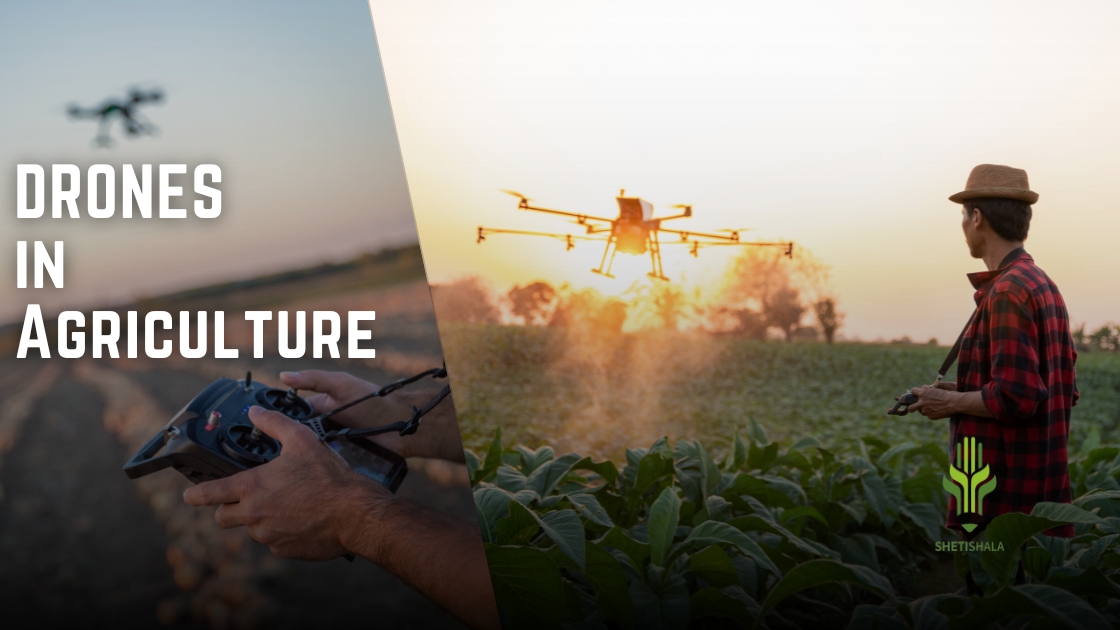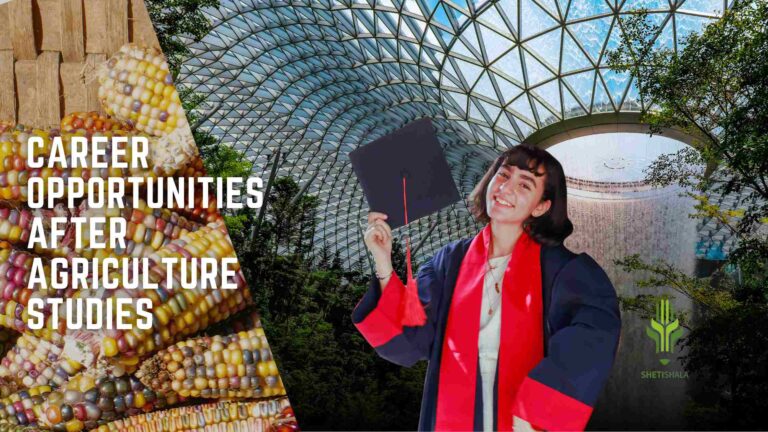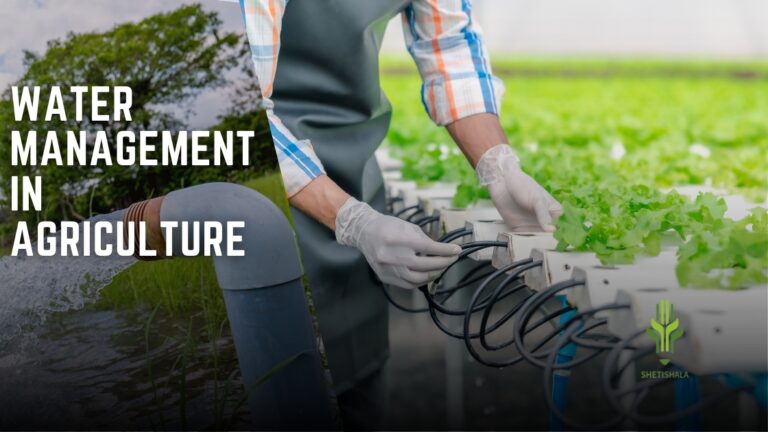Introduction
Explore the transformative role of drones in agriculture with our comprehensive blog. Discover how drones are revolutionizing farming practices through precision tasks like spraying, irrigation, and yield estimation. Learn how spraying by drone enhances accuracy and efficiency in pest and disease control, while irrigation by drone optimizes water usage across fields. Gain insights into how yield estimation by drone helps farmers make data-driven decisions for better crop management. This blog offers a deep dive into the innovative use of drone technology, driving the future of sustainable and efficient agriculture.
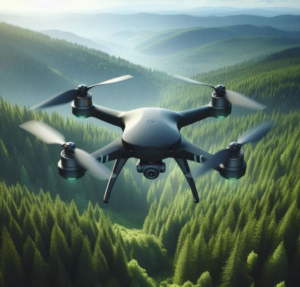
A drone, also known as an Unmanned Aerial Vehicle (UAV), is an aircraft that operates
without a human pilot on board. Instead, drones are controlled either by a human operator on
the ground or autonomously by onboard computers. They are used in various fields such as
military operations, surveillance, agriculture, photography, delivery services, and
environmental monitoring.
Drones have become increasingly valuable in agriculture due to their ability to enhance
productivity and efficiency.
Key uses of drones in agriculture:
1. Crop Monitoring:
Drones equipped with cameras and sensors can monitor crop health,
growth, and detect issues such as disease, pest infestations, and water stress.
2. Soil and Field Analysis:
Before planting, drones can provide precise 3D maps for soil
analysis, which helps in planning seed planting patterns and managing irrigation and nutrient
needs.
3. Planting:
Some drones can carry and drop seeds or plant pods, aiding in reforestation and
planting of crops.
4. Spraying:
Drones can be used for spraying fertilizers, pesticides, and herbicides. They offer
precision agriculture capabilities, ensuring that chemicals are only applied where needed,
reducing waste and environmental impact.
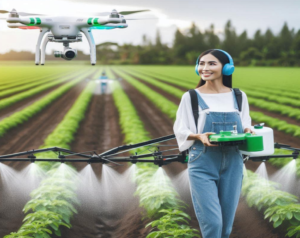
5. Irrigation Management:
Using thermal cameras, drones can identify areas that need more
water and help optimize irrigation systems.
6. Livestock Monitoring:
Drones can help monitor livestock, track their movement, and even
assist in counting animals over large areas.
7. Yield Estimation:
Drones can help estimate crop yields by analysing plant health and
growth patterns throughout the growing season.
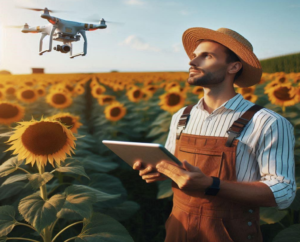
By leveraging these capabilities, drones contribute to more efficient farming practices, better
resource management, and potentially higher crop yields.
Drones are poised to play a significant role in the future of agriculture for several
reasons:
1. Precision Agriculture:
Drones enable precision agriculture by providing detailed, real-time
data about crop conditions, soil health, and irrigation needs. This allows farmers to make
informed decisions, optimize resource use, and increase yields.
2. Efficiency and Cost Savings:
By automating tasks such as crop monitoring, spraying, and
planting, drones can significantly reduce labour costs and time. They also minimize the waste
of resources like water, fertilizers, and pesticides by applying them precisely where needed.
3. Early Problem Detection:
Drones can quickly identify issues such as pest infestations,
diseases, and water stress. Early detection allows for timely interventions, reducing crop
losses and improving overall farm management.
4. Sustainability:
Drones contribute to sustainable farming practices by reducing the use of
chemicals and optimizing water usage. This minimizes the environmental impact of
agriculture and promotes the health of ecosystems.
5. Data-Driven Decisions:
The data collected by drones can be integrated with other
technologies like AI and IoT to provide comprehensive insights into farm operations. This
helps farmers make better decisions, improve crop management, and enhance productivity.
6. Accessibility for Small Farmers:
As drone technology becomes more affordable, smallscale farmers can also benefit from these advanced tools, levelling the playing field and
enabling them to compete with larger agricultural operations.
7. Climate Adaptation:
Drones can help farmers adapt to changing climate conditions by
providing precise information on microclimates, soil moisture levels, and other critical
factors. This aids in developing strategies to mitigate the impacts of climate change on
agriculture.
8. Innovative Applications:
Future innovations in drone technology, such as autonomous
drones and advanced sensors, will continue to expand their applications in agriculture. This
includes new ways to manage crops, monitor livestock, and even perform tasks like
pollination.
Specific ways drones assist farmers:
1. Field Surveillance and Crop Monitoring:
– Health Assessment:
Drones equipped with multispectral, hyperspectral, or thermal sensors
can monitor crop health by detecting issues such as diseases, nutrient deficiencies, and pest
infestations early.
– Growth Tracking:
They provide regular updates on crop growth stages, helping farmers
track progress and make timely decisions.
2. Soil and Water Management:
– Soil Analysis:
Before planting, drones can create detailed soil maps that inform soil
health, nutrient levels, and moisture content, allowing for better planning of planting
strategies.
– Irrigation Management:
Drones can identify areas with water stress, enabling precise
irrigation and optimizing water usage.

3. Planting and Crop Spraying:
– Aerial Seeding:
Drones can plant seeds over large areas quickly and efficiently, especially
in difficult-to-reach or uneven terrains.
– Targeted Spraying:
They can carry and apply fertilizers, pesticides, and herbicides with
precision, reducing the use of chemicals and minimizing environmental impact.
4. Livestock Management:
– Herd Monitoring:
Drones can monitor livestock movements, check for health issues, and
even assist in locating lost animals.
– Fence Inspection:
They can survey large areas quickly to check for broken fences or other
issues.
5. Yield Estimation and Data Collection:
– Yield Prediction:
Drones can help estimate crop yields by analysing plant health and
growth patterns throughout the growing season.
– Data Integration:
The data collected by drones can be integrated with farm management
software, providing comprehensive insights for better decision-making.
6. Disaster Management:
– Damage Assessment:
After natural disasters such as floods, storms, or droughts, drones
can quickly assess crop damage, helping farmers file insurance claims and plan recovery
efforts.
– Field Recovery:
They can aid in identifying areas needing immediate attention to
minimize losses.
7. Cost and Labor Savings:
– Efficiency:
Drones can perform tasks faster and more efficiently than manual labour,
reducing the time and effort required for field inspections, spraying, and other activities.
– Cost Reduction:
By optimizing resource use and improving crop management, drones can
help reduce overall operational costs.
Conclusion:
In summary, drones provide farmers with precise, real-time data and capabilities that enhance
productivity, efficiency, and sustainability, making them invaluable tools in modern
agriculture.
Drones are set to revolutionize agriculture by enhancing efficiency, sustainability, and
productivity, making them an indispensable tool for the future of farming.
Drones are extremely helpful for farmers, offering a range of benefits that enhance
agricultural practices.
Fore more information visit government website of Farm mechanization
visit our another blogs –
Organic farming in India | Advantages and Disadvantages, Concept, Scope, Government Policy

